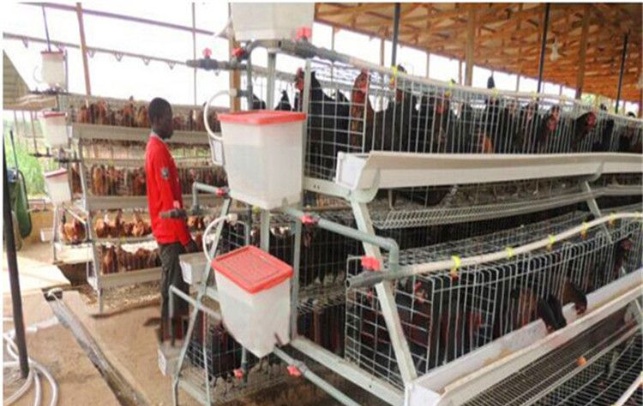Apakah ayam kampung lebih sehat dibandingkan ayam kandang?
Waktu :2024-05-27
Perdebatan seputar manfaat kesehatan ayam kampung versus caged chickens has long been a topic of discussion within the poultry industry and among consumers. While the image of free-range chickens roaming freely outdoors may evoke notions of superior health and well-being, the reality is more nuanced. In this comprehensive guide, we will delve into the scientific evidence and considerations regarding the health aspects of free-range and caged chickens, exploring factors such as nutrition, welfare, and overall impact on chicken health.
Nutritional Value of Free-Range vs. Caged Chicken Products:
One of the primary arguments in favor of free-range chickens is the belief that their products, such as eggs and meat, are more nutritious compared to those from caged chickens. Free-range chickens are often perceived to have a diet rich in natural vegetation, insects, and sunlight exposure, leading to higher levels of omega-3 fatty acids, vitamins, and antioxidants in their products. While it is true that free-range chickens have access to a more varied diet, studies have shown mixed results regarding the nutritional superiority of their products.
Penelitian yang membandingkan komposisi nutrisi telur ayam kampung dan caged chickens has revealed that certain nutrients, such as omega-3 fatty acids and vitamin E, may be slightly higher in free-range eggs. However, the differences are often marginal and can vary depending on factors such as diet, management practices, and environmental conditions. It is essential to consider that both free-range and caged chicken products can be nutritious sources of protein, vitamins, and minerals when produced under appropriate conditions.

Impact on Chicken Health and Well-Being:
The welfare of chickens is a crucial aspect that directly influences their health and overall quality of life. Free-range systems offer chickens the opportunity to engage in natural behaviors, such as foraging, dust bathing, and social interaction, which can promote physical and psychological well-being. Access to outdoor space and natural stimuli can reduce stress levels, improve immune function, and enhance the overall health of free-range chickens.
Di samping itu, caged chickens are often confined to limited spaces with restricted movement, which can lead to behavioral issues, such as feather pecking, aggression, and stress-related ailments. The lack of space and environmental enrichment in conventional cage systems may compromise the welfare of ayam dalam sangkar and impact their health in the long term. However, it is important to note that advancements in cage design, such as enriched colony cages, have been introduced to improve the welfare of ayam dalam sangkar by providing more space and amenities for natural behaviors.
Disease Risk and Management Practices:
Aspek lain yang perlu dipertimbangkan ketika membandingkan free-range dan caged chickens is the risk of disease and the management practices employed in each system. Free-range chickens that have access to outdoor environments may be exposed to a higher prevalence of parasites, pathogens, and predators compared to ayam dalam sangkar kept in controlled indoor environments. While exposure to natural elements can contribute to a stronger immune system in free-range chickens, it also poses challenges in disease prevention and control.
Sebaliknya, ayam yang dikurung mendapat manfaat dari lingkungan yang lebih terkendali sehingga mengurangi risiko paparan ancaman dan penyakit eksternal. Tindakan biosekuriti yang ketat, ventilasi yang baik, dan protokol kebersihan sering kali diterapkan dalam sistem kandang untuk meminimalkan penyebaran patogen dan memastikan kesehatan kawanan ternak. Selain itu, caged systems allow for easier monitoring and management of individual birds, facilitating early detection of health issues and prompt intervention.
Conclusion:
Kesimpulannya, perdebatan apakah ayam kampung lebih sehat daripada caged chickens is multifaceted and influenced by various factors, including nutrition, welfare, disease risk, and consumer preferences. While free-range chickens may have certain advantages in terms of natural behaviors, environmental enrichment, and perceived nutritional benefits, ayam dalam sangkar can also be raised under conditions that prioritize health, safety, and efficiency.
Ultimately, the health and well-being of chickens depend on the management practices, care, and attention they receive in both free-range and caged systems. By implementing responsible farming practices, ensuring proper nutrition, and prioritizing animal welfare, farmers can raise healthy and contented chickens regardless of the production system. Consumers are encouraged to make informed choices based on their values, preferences, and understanding of the complexities surrounding free-range and caged chicken production.




 Indonesia
Indonesia
 English
English Español
Español






